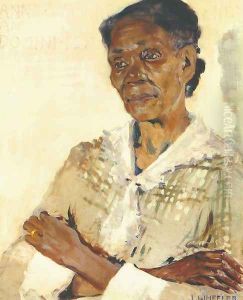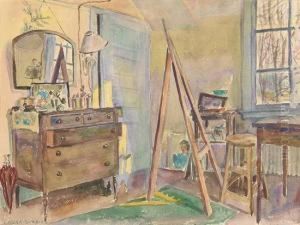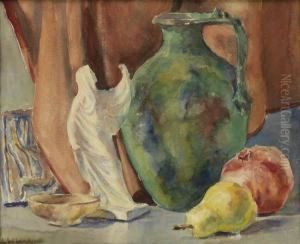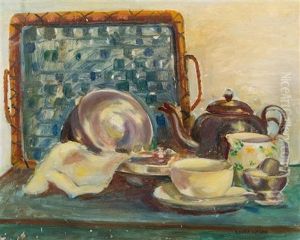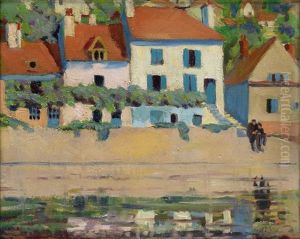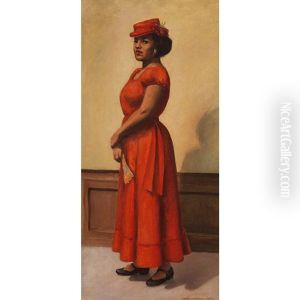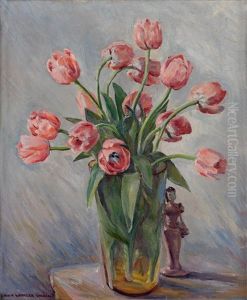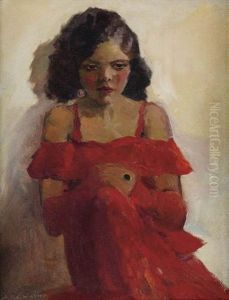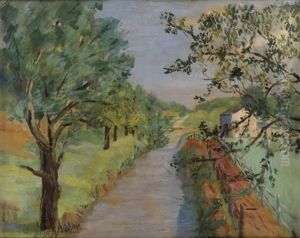Laura Wheeler Waring Paintings
Laura Wheeler Waring was an African American artist and educator, best known for her portraits that captured the essence of her subjects with grace and subtlety. She was born on May 16, 1887, in Hartford, Connecticut, into a middle-class family. Her father was a pastor and her mother was a schoolteacher. Waring showed artistic talent from a young age and received encouragement from her family to pursue her interests.
She attended the Pennsylvania Academy of the Fine Arts (PAFA) in Philadelphia, where she studied under renowned artists such as William Merritt Chase and Cecilia Beaux. After graduating in 1914, Waring won a Cresson Traveling Scholarship which allowed her to study in Europe. She spent time in Paris and was influenced by the work of the Old Masters and the burgeoning Impressionist movement.
Upon her return to the United States, Waring began her career as an educator, teaching art at the Cheyney Training School for Teachers (now Cheyney University of Pennsylvania), where she would work for nearly 30 years. Waring's commitment to education was a significant aspect of her career, and she was deeply involved in the development of art programs for African American students.
Waring's work as an artist often centered on creating portraits of prominent African Americans, in an effort to portray the diversity and richness of her community. Her subjects included famous individuals such as James Weldon Johnson, W.E.B. Du Bois, and Marian Anderson. Through her portraiture, she sought to counteract the negative stereotypes and representations of African Americans prevalent in society at the time.
In the 1920s and 1930s, Waring's work gained recognition and she was involved in the Harlem Renaissance, an intellectual and cultural revival of African American music, dance, art, fashion, literature, theater, and politics centered in Harlem, New York City. She exhibited her work in numerous shows, including the Harmon Foundation exhibitions, which were significant for showcasing African American art.
Waring’s style evolved over the years, reflecting both her academic training and her exposure to different artistic movements. Although her work was rooted in realism, she also incorporated elements of impressionism, particularly in her use of color and brushwork.
Laura Wheeler Waring continued to paint and teach throughout her life. She passed away on February 3, 1948. Her legacy endures through her contributions to art and education, and her portraits are still celebrated for their beauty and historical importance. Waring's work is included in the collections of several institutions, including the Smithsonian American Art Museum and the Pennsylvania Academy of the Fine Arts.
